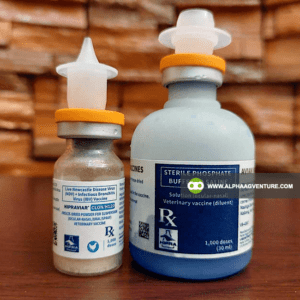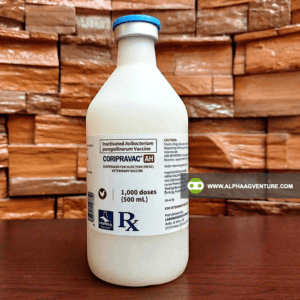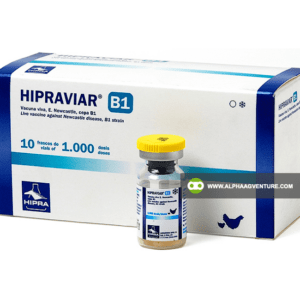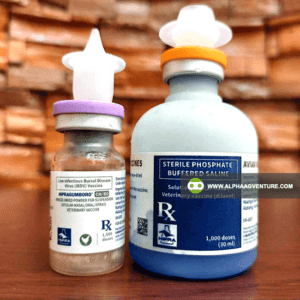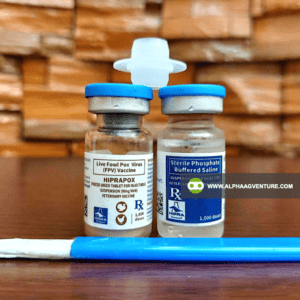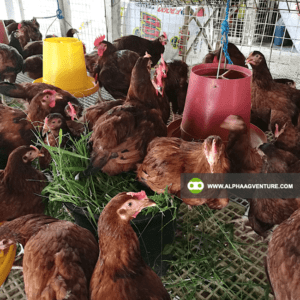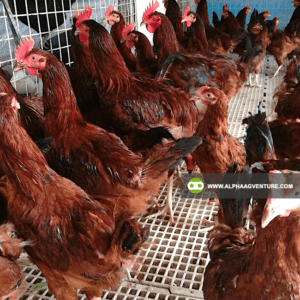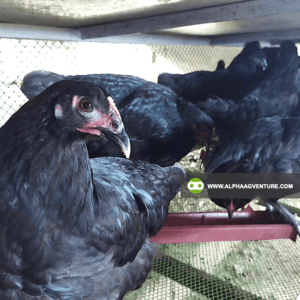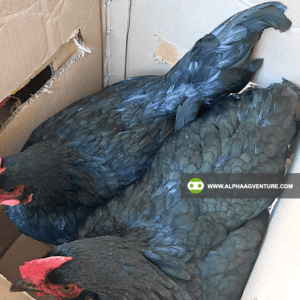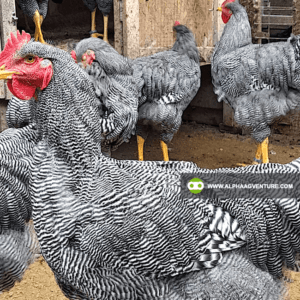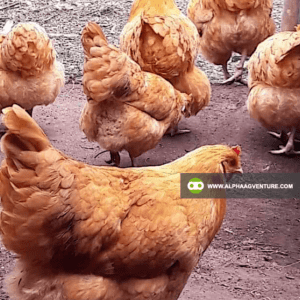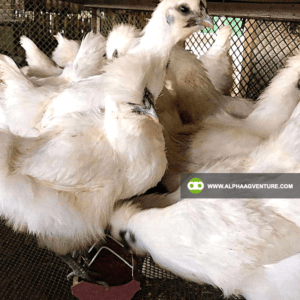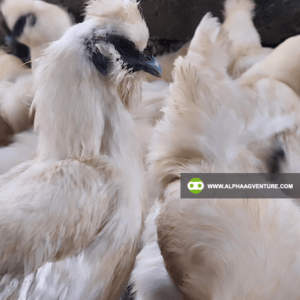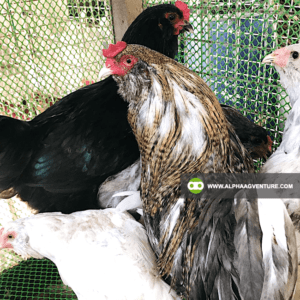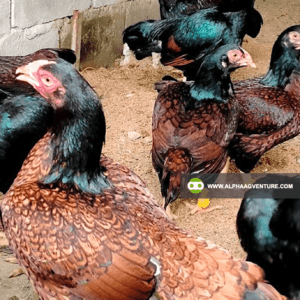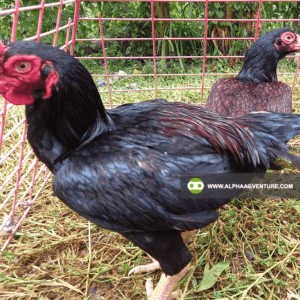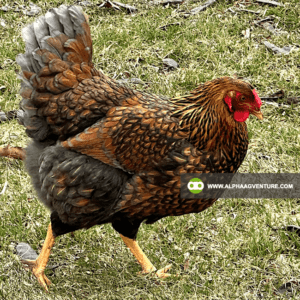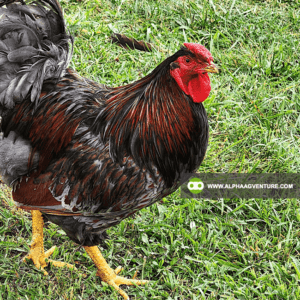When Route Matters: How Vaccine Administration Can Make or Break Chicken Immunity
When it comes to vaccinating chickens, I’m sure you already know how essential it is for maintaining the health of your flock. After all, vaccines protect your birds from diseases that could wipe out an entire batch, causing not only health issues but significant financial losses as well. But here’s something that I’ve learned over the years—how you administer that vaccine matters just as much as which vaccine you choose.
It’s easy to think that a vaccine, if it’s the right one, will always do its job. But if it’s not given via the correct route, the consequences can be severe. Subcutaneous, intramuscular, oral, intranasal—the list goes on. Sometimes, we get so caught up in the routine of administering vaccines that we forget that even the smallest misstep can have huge ramifications. I’ve seen it happen before, and trust me, the repercussions are not something you want to deal with.
So, let’s talk about the details. I’m going to walk you through why getting the route right is just as important as picking the right vaccine. Because if you’re not careful, you could be putting your birds—and your business—at risk.
The Different Routes of Vaccine Administration
Let me walk you through the main routes we use to administer vaccines in chickens. If you’re like me, you’ve probably done most of these hundreds of times—but that’s exactly why it’s worth revisiting. Even the most experienced hands can slip into autopilot, and when it comes to vaccines, autopilot can be dangerous.
Here are the primary routes we commonly use:
- Subcutaneous (SC) – Injected under the skin, usually at the back of the neck. It allows for slower absorption, triggering a strong, long-lasting immune response (Swayne et al., 2020). But inject too deep, and you’re no longer subcutaneous. Inject too shallow, and you’re wasting the dose on feathers and air.
- Intramuscular (IM) – Typically administered in the breast or thigh muscle. This route delivers the vaccine deep into tissue for faster absorption (OIE, 2021). Precision is key here—hit the wrong depth or angle, and you might end up bruising muscle or worse, injecting into fat, which is about as effective as whispering instructions to a day-old chick.
- Oral (by drinking water or drench) – Used for mass application of vaccines like IBD (Gumboro) and Newcastle Disease vaccines. It’s simple in theory, but in practice, it hinges on every bird drinking enough of the medicated water. According to the FAO, oral administration can be highly effective if birds are well-thirsted and clean water lines are used (FAO, 2013).
- Intranasal or ocular (eye/nose drops) – These routes make use of the mucosal immune system, which is especially active in the upper respiratory tract (Miller et al., 2013). Great for live vaccines such as Newcastle Disease B1B1, LaSota, or CLON/H120. The catch? You need steady hands and attention to detail. One missed drop means one unprotected bird.
- Intradermal (skin layer) – The classic example is the wing-web stab for fowl pox. When done correctly, you get a local reaction—a “take.” When done poorly, you either miss the dermis or go too deep, and the bird ends up stabbed but still vulnerable (Jordan et al., 2002).
Each of these routes was chosen by vaccine developers for a reason. It’s not just tradition—it’s about maximizing the antigen’s effectiveness by matching it to the bird’s immune pathways. Changing the route arbitrarily because it seems easier or faster? That’s like using engine oil for dressing a salad—it might look right, but it won’t end well.
Let me ask you this: when was the last time you read the fine print on the vaccine insert, just to double-check the route? Because I’ve seen some farmhands shoot an intranasal vaccine intramuscularly, thinking it’s all the same. It’s not. And that tiny error could cost you hundreds of birds—or thousands of pesos.
What Happens When You Get It Wrong?
I wish I could say that giving a vaccine the wrong way is just a harmless mistake. But let me tell you—vaccines are unforgiving when you mess with their delivery instructions. Administer one through the wrong route, and the cascade of problems that follows can be both biologically fascinating and economically devastating.
Let’s break it down.
- Vaccine Failure: This is the biggest danger. When the vaccine doesn’t reach the tissue or immune system it’s meant for, it may not be recognized properly by the bird’s immune cells. And no immune recognition means no immune memory. In other words, you’ve injected your birds with a false sense of security (Kapczynski & King, 2005).
- Adverse Reactions: Some routes simply aren’t designed to handle certain vaccine adjuvants or volumes. A live vaccine meant for intranasal application, if mistakenly given intramuscularly, can cause tissue necrosis (Swayne et al., 2020). That’s right—dead muscle tissue. On the flip side, injecting an oil-adjuvanted vaccine into the dermis instead of deep muscle can cause granulomas—lumps that look like small tumors and cause downgrades at slaughter (Alexander & Brown, 2009).
- Uneven Immunity: This one is sneaky. You might think everything went fine because only a few birds show symptoms. But the problem isn’t what you see—it’s the variability you don’t. Chickens are notoriously bad at reporting their symptoms, and some of the unprotected ones might become carriers (OIE, 2021).
- Interference with Diagnostic Testing: Incorrect administration routes can mess with serological testing. Let’s say you’re doing post-vaccination monitoring for antibody titers. If your administration was inconsistent, your results will look like someone spilled ink across the ELISA plate—meaningless variability (Dorea et al., 2010).
The Impact on Chicken Immunity
When it comes to vaccines, route of administration isn’t just a technicality—it’s immunological choreography. Each route engages a different arm of the immune system, and when you mess it up, you’re not just misdelivering a product. You’re miscommunicating with biology.
Live attenuated vaccines like ND B1B1, LaSota, or Gumboro are typically administered via the ocular, oral, or spray route to stimulate mucosal immunity. That’s IgA territory—the first line of defense in respiratory and gastrointestinal tracts (Kaiser et al., 2000). But if you inject a live vaccine intramuscularly instead? You bypass mucosa entirely and trigger an inappropriate systemic response—or worse, none at all.
Now take inactivated vaccines—say, for Fowl Cholera or Avian Influenza. These are usually oil-emulsified and given intramuscularly or subcutaneously to elicit a strong IgG response (Kapczynski & King, 2005). Deliver that orally or via spray, and you might as well be giving water. The antigens won’t reach antigen-presenting cells in high enough concentration, rendering the dose immunologically invisible.
Here’s the kicker: improperly routed vaccines don’t just reduce protection—they create immunological noise. You get erratic titers, uneven protection across the flock, and an open invitation for pathogens to exploit the weakest links.
Best Practices: Precision, Not Assumption
Now that we’ve walked through the battlefield of misapplied vaccines, let’s talk defense. Prevention isn’t glamorous, but it’s effective.
- Read the Insert Every Time – Even for old favorites. Formulations change, and so do instructions (OIE, 2021).
- Train and Retrain Your Staff – Don’t assume yesterday’s knowledge is today’s competence.
- Use the Right Equipment – No blunt needles, no shortcut droppers.
- Monitor Every Batch – Take post-vaccination feedback seriously. Your birds are giving you clues.
- Invest in Quality Control – Don’t skip titers, even if they’re inconvenient. They’re your immune system’s report card.
Where Technique Meets Immunity
When it comes down to it, poultry vaccination is less like flipping a switch and more like tuning a piano. Every note—the vaccine, the dosage, the timing, and yes, the route—must be struck with care if you want the flock to sing in harmony.
If you found yourself nodding through this article or silently panicking about that one time you injected eye drops into the breast muscle, don’t worry—you’re not alone. We’ve all made mistakes. What matters is whether we repeat them or recalibrate.
Now tell me—what’s the one vaccine mistake you wish you could undo? Or better yet, what trick have you learned that every poultry farmer should know? Let’s trade notes. Because out here, knowledge isn’t just power—it’s protection.
References
- Alexander, D. J., & Brown, I. H. (2009). Recent zoonoses caused by influenza A viruses. Rev Sci Tech, 28(1), 161–173.
- Dorea, F. C., Berghaus, R. D., Hofacre, C. L., Cole, D. J. (2010). Survey of biosecurity protocols and practices adopted by growers on commercial poultry farms in Georgia, U.S.A. Avian Diseases, 54(3), 1007–1015.
- FAO. (2013). Good practices for biosecurity in the pig sector – Issues and options in developing and transition countries. Rome: Food and Agriculture Organization of the United Nations.
- Jordan, F. T. W., & Pattison, M. (2002). Poultry Diseases (5th ed.). Saunders.
- Kaiser, P., Rothwell, L., Galyov, E. E., Barrow, P. A., Burnside, J., & Wigley, P. (2000). Differential cytokine expression in avian cells in response to invasion by Salmonella typhimurium, Microbiology, 146(12), 3217–3226.
- Kapczynski, D. R., & King, D. J. (2005). Protection of chickens against overt clinical disease and determination of viral shedding following vaccination with commercially available Newcastle disease virus vaccines upon challenge with highly virulent virus from the California 2002 exotic Newcastle disease outbreak. Vaccine, 23(26), 3424–3433.
- Miller, P. J., Afonso, C. L., El Attrache, J., Dorsey, K. M., Courtney, S. C., Guo, Z., & Kapczynski, D. R. (2013). Effects of Newcastle disease virus vaccine antibodies on the shedding and transmission of challenge viruses. Dev Comp Immunol, 41(4), 505–513.
- OIE. (2021). Manual of Diagnostic Tests and Vaccines for Terrestrial Animals. Paris: World Organisation for Animal Health.
- Swayne, D. E., Glisson, J. R., McDougald, L. R., Nolan, L. K., Suarez, D. L., & Nair, V. (Eds.). (2020). Diseases of Poultry (14th ed.). Wiley-Blackwell.
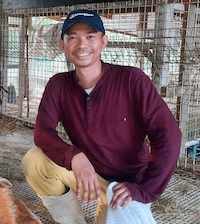
Mr. Jaycee de Guzman is a self-taught agriculturist and the founder and patriarch of Alpha Agventure Farms, recognized as the leading backyard farm in the Philippines. With a rich background in livestock farming dating back to the early 1990s, Mr. de Guzman combines his expertise in agriculture with over 20 years of experience in computer science, digital marketing, and finance. His diverse skill set and leadership have been instrumental in the success of Alpha Agventure Farms.



